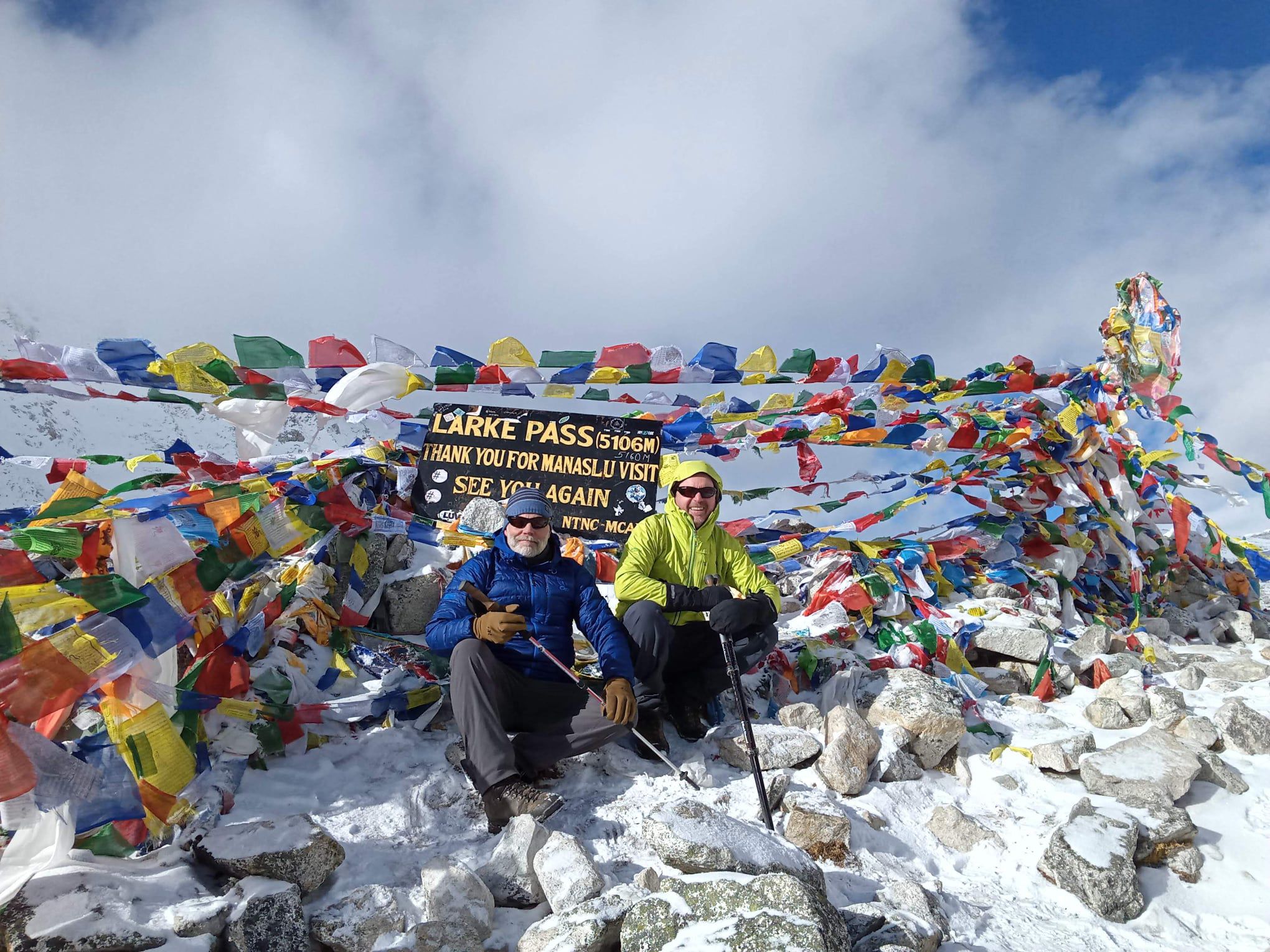Manaslu Circuit Tsum Valley Trek Highlights
- Explore the less-traveled and hidden valleys of the Manaslu region.
- Trek to the Tibetan border on the northern side of the Manaslu region.
- Visit ancient monasteries, chortens and gompas in the area.
- Witness panoramic views of Mount Manaslu, Hiunchuli, Ganesh Himal and Larkye Peak.
- Navigate unique trekking routes to the traditional Tsum Valley.
This 20-day trek takes you through the Manaslu Conservation Area and into the secluded Tsum Valley, a world close to the Tibetan border. The valley was settled centuries ago by travelers from Tibet and today reflects a unique blend of Nepali and Tibetan languages, religion and culture.
The Manaslu Conservation Area surrounds Mount Manaslu, the eighth-highest mountain in the world at 8,163 meters (26,781 feet). It is a restricted area allowing only a limited number of visitors and is home to distinctive flora and fauna.
The trek can be accessed by air and road. Reaching the starting point requires a full day of travel and the return journey similarly takes a day. The remaining 18 days are spent trekking through some of Nepal’s most beautiful countryside. Pine forests and rhododendron groves provide a sense of tranquility while deep gorges, rocky trails and towering mountains evoke awe and wonder.
The route includes a high pass with views of icefalls and glaciers, a high-altitude lake, diverse wildlife and visits to Buddhist monasteries. This trek is strenuous, reaching altitudes over 3,000 meters (9,842 feet) and twice exceeding 5,000 meters (16,404 feet). Trekkers should be prepared for long walking days of up to seven hours and have an interest in experiencing the local lifestyle and culture in remote mountain settings.
As you enter the Tsum Valley, the landscape, villages and people take on a distinctly Tibetan character which adds to the uniqueness of the experience. The trek features thundering waterfalls and rivers, challenging rocky trails along cliff faces, Gurung villages with rice and millet terraces, long suspension bridges and numerous Buddhist shrines including mani walls and chortens.
The Tsum Valley is known as a hidden valley with a culture and landscape closely related to Tibet. During this section, trekkers can meet Buddhist monks and nuns and visit Milarepa’s Cave.
Mountain views are spectacular throughout the trek including Mount Manaslu and the surrounding ranges of Simrang, Hiunchuli, Ngadi, Ganesh Himal and Larkye Peak. From Larkya La, trekkers can enjoy breathtaking views of icefalls, frozen lakes, Himlung Himal, Cheo Himal, Kangguru and the massive Annapurna II.
This trek offers a rare opportunity to experience diverse landscapes and cultures within a single journey. While it requires stamina and preparation, the reward is unparalleled: stunning views of snow-capped mountains, unique cultural encounters and an unforgettable adventure in one of Nepal’s most remote regions.











